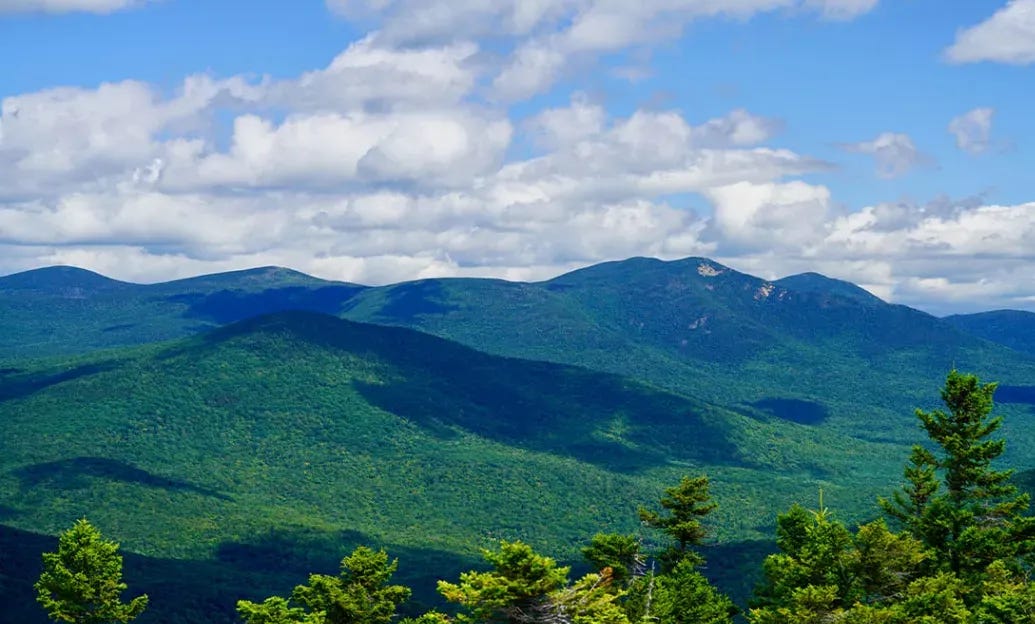
I’ve written about the local “Legacy Forest” movement in my state of Washington, where citizens have discovered patches and remnants of mature forest not yet converted to timber plantations, and are fighting to save them. A similar dynamic is unfolding at the federal level. There as well, previously logged forests are reemerging into mature, nearly old growth, with citizens organizing to protect them. The primary difference is one of scale. According to a national inventory completed in April of 2023, as much as 112 million acres of national public lands are emerging into mature and old growth forests.
The good news is that there’s a lot of recovering forests on US public lands. The bad news is the Forest Service is finding new reasons to log them under the rubric of “forest health” and fire prevention.
I’ll be writing on this process, the science and politics, and where things are headed, but I first want to alert my American readership to the quickly approaching deadline of midnight, September 20th. That’s the deadline to comment on the US Forest Service’s draft environmental impact statement for its Old Growth Amendment. Here is a link to the commenting form, as well as a Sierra magazine piece that covers the issue pretty well.
Please take a moment to comment on behalf of Mature and Old Growth forests!
Thanks for reading! I’m glad you’re here. I keep this page free for all and avoid littering the text with subscriber requests, but depend on reader-generosity to make the work possible. Please donate today if you can!




Thank again, Rob, for blending and braiding the poetics with the practical, all in the realm of reclamation of what our species has sadly separated.
Thank you for sharing the comment link. These mountains are my temple. They’ve been ravaged before and fortunately allowed to mostly recover. Erasing a century’s worth of progress is simply unacceptable with all the other stressors on the landscape.